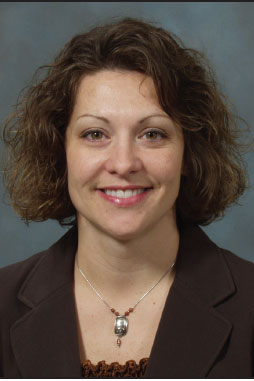I recently had the opportunity to listen to a presentation by the president and CEO of the Wisconsin Grocers Association as part of a local pork producers meeting. A couple of things he said made me stop and think a little differently. He said when he is purchasing or promoting a product to be sold at his grocery store chain, he expects the product to be safe, nutritious, consistent, and of good quality. Then he expects the product to live up to the promises made by the product brand and company, but recognizes that its quality and consumer satisfaction regarding the product also reflect the grocer and the grocery brand. He was asked how or if the grocer would promote the way the product was produced, or in our case, pork production, the care that was given to the pigs. He made it clear that he shouldn’t have to defend a product on how it was produced or convince the consumer that it was done humanely. This is expected. He told our group “you have a good product, pork tastes good, is nutritious and sells, but you need to promote and protect your brand by making sure pigs are raised right.” He was asked where he gets information on animal care or pork production to promote pork products. His answer was that he doesn’t get much or any information on how the product is raised. He encouraged us to improve communication with the grocers association members and form a relationship to allow open communication and consultation for questions regarding care.
As this was a pork producers meeting, I pondered, “Where do swine veterinarians fit in this process?” I don’t spend my time convincing grocery stores to sell pork, nor do I interact with retailers or purchasers of product. I do spend my time advising pork producers on pig health and care. Although I get angry when I read that yet another retailer has made a statement against selling pork from farms using gestation stalls, I find there is not much I can do to make a difference in their decision. What I can do is make sure that I am advising the producers I serve to provide adequate care for their pigs.
Several activist videos have shown normal production practices performed every day on farms and expose them as animal abuse. For those of us who work in the industry, we know that some of these practices are necessary either to provide for the welfare of the pig (eg, tail docking) or to provide the consumer with a better tasting pork product (eg, castration). As veterinarians, we are trained in surgery and medicine, and it is our job to make sure that pig caregivers are trained and educated regarding proper techniques used for surgical and medical procedures performed on the farm. In addition, we need to work with our industry organizations and animal scientists to promote and support these practices and the need for them.
A study by the US Farmers and Ranchers Alliance1 surveyed 2417 consumers responsible for making food decisions and purchases. The results showed that consumers are interested in the way their food is produced. The study also showed that consumers think the way livestock and poultry are cared for should be one of the top five priorities for those who grow and raise food. This topic was also ranked by consumers to be among those most confusing and conflicting.
Most consumers aren’t knowledgeable about the methods we use on the farm. When put in the wrong context, as in the activist videos, some production practices are confusing and concerning. This is another reason for our industry to work to gain a relationship with the retailers and grocers. It has frequently been stated in support of our producers that proper animal welfare and care come down to good management. Let’s make sure that we are doing our part in promoting good management on the farms we serve.
Reference
1. US Farmers and Ranchers Alliance. The Food Dialogues. Results from Surveys of Farmers, Ranchers and Consumers. 2011. Available at: http://www.fooddialogues.com/images/templates/usfra/usfra-national-infographipc-9-21-11.jpg. Accessed 23 July 2012.
-- Tara Donovan, DVM

